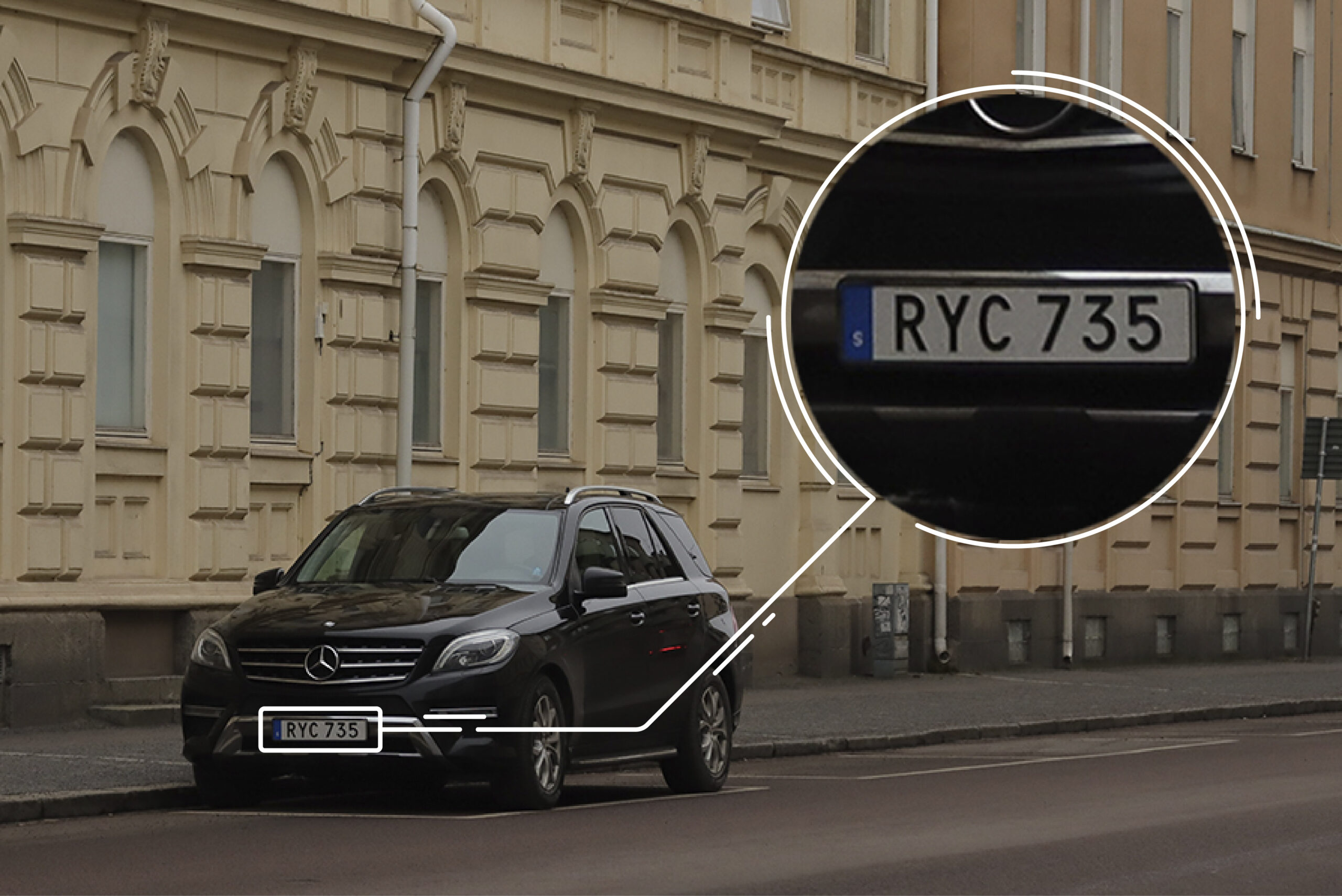Automatic number plate recognition

Objective:
The objective of this monitoring depends on each case and can be to manage the daily traffic flow in order to implement urban mobility plans with an agile prototyping approach that is efficient and cost-effective.
Previous research carried out for this project shows that sensors based on vehicle image capture are an efficient traffic monitoring system due to their characteristics. However, there is still a challenge in terms of manufacturing and installation costs, as well-designed teams and materials are required in terms of performance and functionality to cope with different network conditions. This is a major challenge because the large number of papers published by researchers in recent years claim that in order to achieve good results in traffic flow estimation, a large number of sensors need to be installed.
FK Solution:
The Automatic Number Plate Recognition (ANPR) system is based on image processing techniques to identify vehicles by their number plates, mainly in real time (for automatic control of traffic regulations).
During the project, this work presents a proposal for the deployment of a low-cost sensor network for automatic number plate recognition in a pilot project in Ciudad Real (Spain).
For this, three main tools were needed:
- The architecture to deploy the sensors
- A low-cost sensor prototype
- A methodology for deciding the best sensor location.
In terms of the deployment of sensors and the sensors themselves, one of the main features to highlight is that the total cost is very low in terms of the following elements:
– Production/Manufacturing: The unit cost of the hardware components for the realisation of the prototype is less than 60 euros (considering the tripod as just another accessory). In case of integration for large-scale manufacturing, these costs could be reduced considerably.
– Installation: The sensors have a very low power consumption, allowing them to be deployed anywhere and without specific power supply infrastructures. The platform allows the sensor parameters (resolution, illumination levels, shutter speed and compression level) to be adapted to the specific needs of each site.
– Maintainability and scalability: The proposed architecture allows working with any existing ANPR library on the market by delegating tasks between processing layers, as well as combining them to improve the overall success rate. The sensing stage is delegated to the management layer reducing overall costs and providing more scalable and efficient solutions.
In addition, the deployed sensor is completely decoupled from the specific number plate identification platform used. This allows the user to change the platform if a better one is found by the user. In particular, the platform used identifies not only the number plate but also the vehicle manufacturer. This information can be used in the global analysis of traffic flows with a view to reducing possible errors in number plate identification and will be further developed by the authors.
The third tool used in this work is a methodology to determine the location in the traffic network of the designed sensors. For this purpose, we have proposed the use of two algorithms that aim to achieve a sufficient quality of the traffic flow estimation to be performed (in terms of low RMARE value) with the ANPR data collected by the sensors.
The model was applied to the traffic network of a pilot project considering a deployment of 30 sensors, analysing the convenience or not of installing the proposed sensors on some links due to the difficulty of their installation. The results were very positive as the expected quality of the estimation results is very similar to that obtained when the sensor is allowed to be located on any link. The main advantage is that by avoiding these conflicting links we expect a reduction in the number plate reading errors.
The influence of other model parameters such as the number of routes used as reference and the degree of network simplification was also analysed. The analysis of the results shows that the consideration of a higher number of reference routes, represented by the parameter 𝑘, leads to a better estimation of the flows in terms of getting a lower 𝑅𝑀𝑀𝐴𝐴𝑅𝐸. However, a high value of 𝑘 would imply working with a network with a large number of routes, which would have a high computational cost. With reference to network simplification, a medium-low degree of network simplification leads to a good performance of the methodology in terms of the error obtained in the estimation stage.
